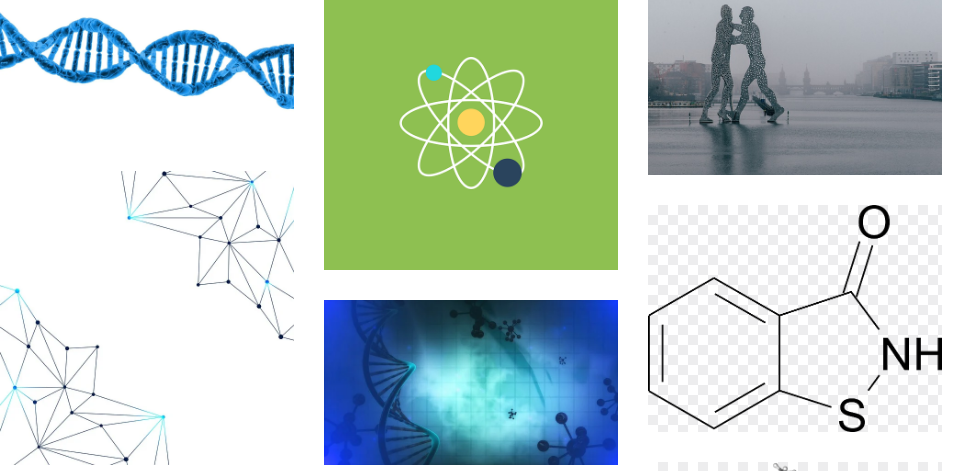Molecular Secrets with Pépico: Chance of electron-photons A method that allows researchers to delve into the mind-boggling world of sub-atomic plans and components is spectroscopy (EPCS). Pépico stands out as a crucial tool for professionals attempting to understand how molecules and particles interact at the fundamental level in modern spectroscopy. This article will go into the fascinating world of EPCS and its magnificent Pépico collection, revealing an understanding of its principles, uses, and significance to dispersed researchers.
Electron-Photoion Chance Spectroscopy: Fundamentals
Understanding the fundamentals of Electron-Photoion Happenstance Spectroscopy is crucial before diving into Pépico. At its core, EPCS is a paradigm that enables scientists to focus on the coordinated actions between electrons and other particles. It involves ionizing an atom by illuminating an objective particle with high-energy photons, often from a synchrotron or a laser source.
Pépico :Molecular Structures
By precisely monitoring the kinetic energies and emission angles of photoelectrons and the photoions produced during photoionization, Pépico, an acronym for “PhotoElectron-PhotoIon COincidence,” elevates EPCS to a new level. This coincidence detection technique has the following benefits:
High precision measurements of kinetic energy are possible thanks to Pépico, which enables precise estimation of the kinetic energy of photoelectrons and photoions.
Pépico gives information regarding the angles at which photoelectrons and photoions are emitted, in contrast to conventional EPCS methods.
Isomer Discrimination: Using the angular distributions of released electrons and ions, Pépico can discriminate between various isomers of a given molecule. This limit is especially great when evaluating puzzling subatomic frameworks.
Pépico :Logical exploration
Pépico’s adaptability makes it a valuable tool for a variety of steady teaches:
Pépico plays a key role in the investigation of the constituents of chemical reactions. By tracking the precise and energetic transport of photoelectrons and photoions, analysts are more likely to understand response components and energy movement mechanisms.
- Determining Molecular Structure: Pépico can be used to explain computations of atoms and clusters in their electronic ground states, providing fundamental knowledge for developing novel materials and figuring out substance holding.
- Biochemical Studies: By focusing on the electronic design of biomolecules, Pépico locates applications in science and natural chemistry. By stimulating bits of information into regular cycles, it promotes sorting out how proteins, DNA, and other biomolecules interact with light.
Pépico Trends and Advancements
The worldwide purpose of Pépi-co tests is being upgraded by ongoing developments, which take into account the examination of ultrafast processes like the electron elements in photosynthesis or substance responses on femtosecond timeframes.
Additionally, combining Pépico with other spectroscopic techniques like X-beam spectroscopy and time-settled estimations promises to pave new paths for basic and applied scientific study.
Electron-photoion coincidence has ended. Spectroscopy, especially in its Pép-ico form, is a fundamental component of molecular analysis. Numerous consistent fields, including science and actual science as well as science and materials science, can benefit from its capacity to provide very precise dynamic and correct information.



